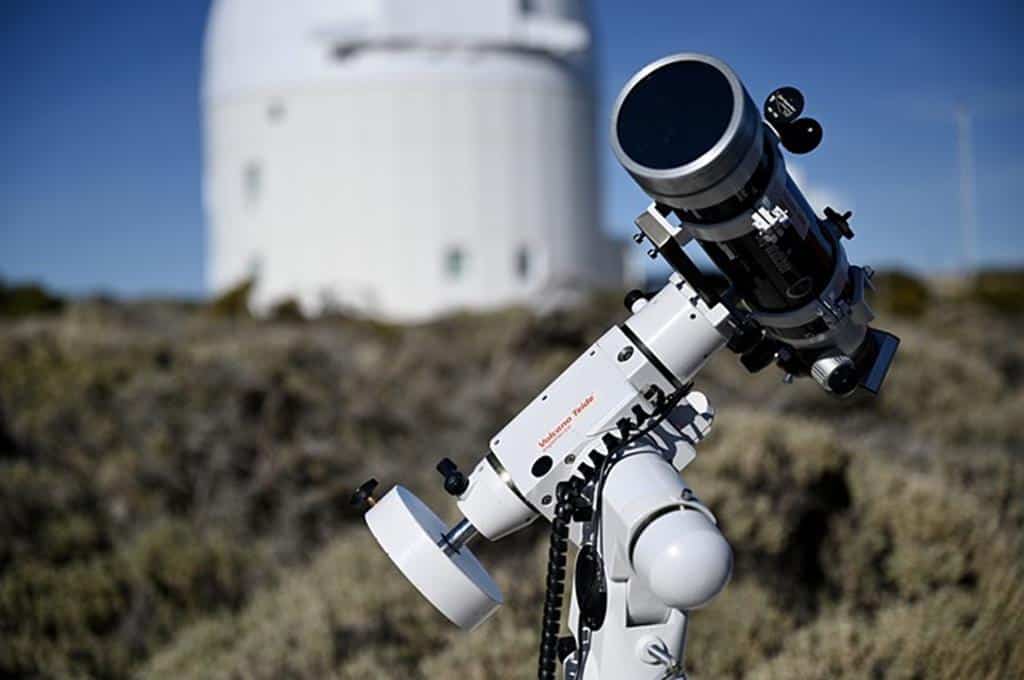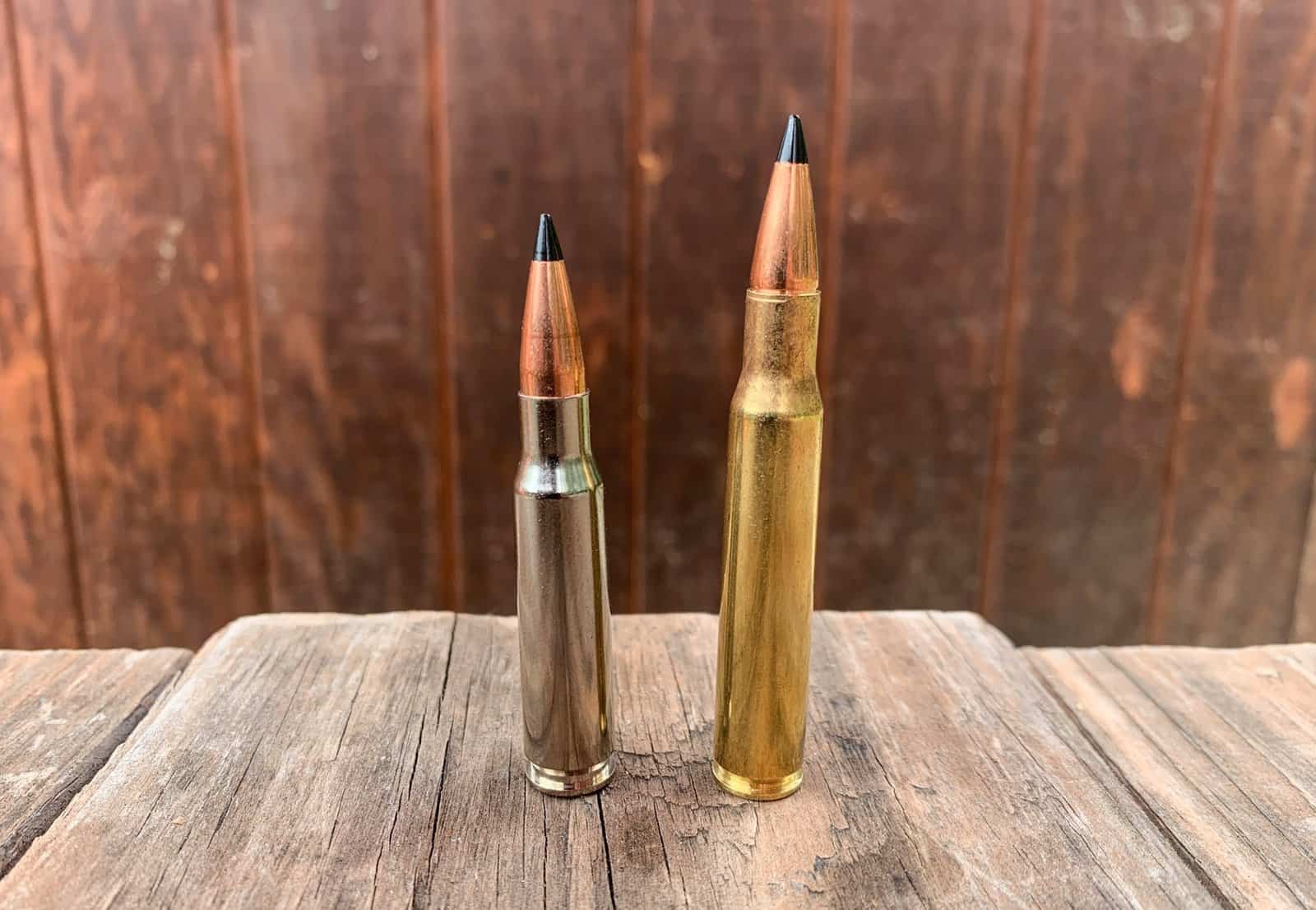Wildlife photography is a type of photography that brings wilderness closer to us by recording the wildlife in their natural habitats. Wildlife photography thus entails taking images of animals in their daily course as they eat, run, mate or play. It could capture the animals’ apparent details or target the deeper details such as anatomical features. The animals covered range from birds, mammals, insects, reptiles, rodents, etc. It may also touch on plants found in the ecosystem where the animals live.
Consumers of wildlife photography enjoy learning about various animals through documentaries created by wildlife photographers. Still, they never consider how hard it could have been to capture these images and videos in the wild. One may assume it’s not hard until they sit with a professional wildlife photographer to learn how it’s done. Unlike traditional photography, where you call people to prepare and give the right pose before you press the shutter button, animals are not that patient and will continue with their activities. It, therefore, calls for skills in photography and equipment used to get the best wildlife shots.

This feature aims to give tips on how you can get the right wildlife shots when you go on safari or in your daily work as a wildlife photographer. Apart from the excellent camera skills required in wildlife photography, you ought to have learnt about the animals you intend to photograph. Here are some tips that will enable you to succeed in wildlife photography and enjoy your work.
Here Are The Tips For Better Wildlife Photography
Learn about the animal you want to shoot
It would be best if you learned about the behavior of the animal you want to shoot beforehand. You don’t have the luxury of commanding the animals to stop what they do to pose for a photo session in this field. You are the one to fit into their lifestyle without causing alarm. Some animals are also dangerous and may attack you during your work.
To get great shots, you need to understand the animals you shoot concerning their preferred residence, time of the day when they are available, their favorite feeds, and aggression level, etc. Learning about the animals in advance maximizes your chances of finding the animals in the wild and ensures you are safe. You can learn about the animals in books and documentaries, or you can alternatively work in the company of experienced photographers who have dealt with the animals before.
Use the right camera and set it correctly
Successful wildlife photography requires using the right camera in the proper settings. It is good to buy weather sealed camera that will remain stable under the harsh elements of weather found in the wild. A camera that can be set manually and accept a variety of lenses is fit for wildlife photography. The manual mode comes in handy when the situation becomes challenging in the wild, making automatic features untenable. Interchangeable lenses will enable you to shoot at short and long ranges depending on how far the animal is.

Having a good camera is not enough if you cannot use the correct settings. The situation at hand determines the setting you choose on the camera, but there are general guidelines to choose for the shutter speed, ISO and Focus. Animals that move a lot, for example, require a faster shutter speed than slow ones to avoid motion blur and enable you to shoot every moment with speed. Shutter speed of 1/1000 sec is thus suitable for slow animals such as grazing zebras, and 1/2000 sec. or higher is fit for fast animals like birds.
Setting an ISO at a low of 100, 200, etc., helps minimize the noise in your images, but for low lights, you need a high ISO at around 800.The other setting you need to figure out is the focus. Continuous autofocus is great for shooting moving animals as it maintains sharp tract of the moving animals. However, when the distance between you and the subject is large, you can use manual focus to adjust the lenses well.
Use the correct lenses
Generally, large lenses allow you to shoot photos from far as if they are just a few meters away. Lenses with a focal length of 200 to 400 mm, either fixed or zoom, can work great. Zoom lenses are preferred as they allow you to adjust the focal length. Lenses with image stabilizations modes such as telephotos help eliminate blurs in shaky situations and should be considered, especially in low light situations and slow shutter speeds.

Good lenses should have image stabilization modes for both vertical and horizontal planes. Most wildlife photographers also use teleconverter lenses that combine extensive focal lengths, low apertures to allow more lights, and image stabilization features. Therefore, choosing the right lenses is a plus for any serious wildlife photographer.
Employ the use of camera traps
Camera traps are still or video cameras concealed in the wild to take wildlife images when the photographer is not around. The cameras have motion sensors that trigger recording when animals come near. The animals don’t notice these cameras and will thus come closer as their go on with daily activities. Camera traps are suitable for photographing dangerous animals which are not approachable or for animals rare to find. This technique requires reliable batteries and cameras that can withstand harsh weather.
Conclusion
Wildlife photography gives a chance for people to learn about wildlife by bringing wildlife closer to them in beautiful images and documentaries. Even for people who don’t have a chance to visit zoos and game parks, wildlife photography gives a near real experience. Whether you do it as a hobby or as a profession, you require skills and know-how to capture thrilling shots that will be the talk of the town when consumers have a chance to view them. This write-up offers some tips on honing your wildlife photography skills to get great shots. The tips come in handy whether you take images of mammals, birds, insects, or habitats. Try them and be a step ahead of others.
Related Post:
15 Best Mirrorless Cameras of 2022 ( Top Picks For Video & Photography )



